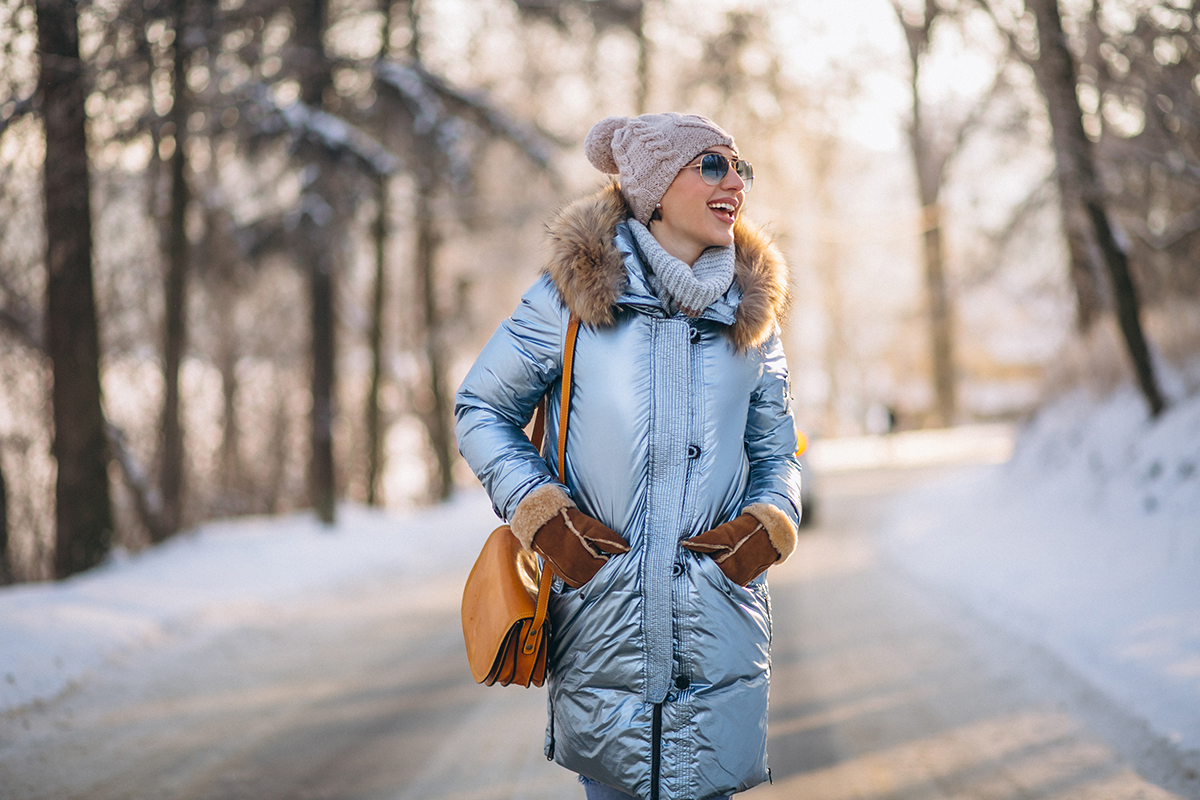Winter is a time when walking outdoors can be a real challenge if you choose the wrong clothes. The jacket is the main element of the winter wardrobe, and its correct choice will help to comfortably survive the frost, enjoying walks even on the coldest days. Consider what you should pay attention to when choosing a warm jacket.
Materials and insulation: what keeps you warm
Material and insulation is the main thing in a winter jacket. A good jacket should not only be warm, but also provide proper ventilation to avoid overheating during active movements. The most common insulators are natural down and synthetic materials such as hollofiber and tinsulait.
Down insulation
Down is one of the most effective natural insulators. It is lightweight and retains heat perfectly, but such jackets are not always suitable for wet winter weather. Down can get wet, losing its insulating properties, so for snowy or rainy winters it is better to choose a jacket with a waterproof coating.
Hollofiber and tinsuleit
Synthetic insulators are more practical in wet winter conditions. They do not absorb moisture and perfectly keep warm even in high humidity. Jackets with tinsulait or hollofiber are often chosen for active winter walks and travelling.
Functional features: important details
In addition to materials and insulation, you need to pay attention to the functional details of the jacket. These little things can significantly affect the comfort during winter walks.
Hood in a winter jacket
The hood will protect from wind and snow in winter. It is better to choose jackets with a deep hood, which can be tightened with laces for a snug fit. It is important that the hood was insulated, but not too voluminous, so that it does not create discomfort when turning your head.
Cuffs and hem of a winter jacket
A good jacket should have elasticated cuffs on the sleeves and an adjustable hem. These elements protect against cold air blowing in under the jacket. It is better to choose cuffs with a tight elastic band or Velcro, so that you can adjust them to fit your gloves.
Zips and fasteners on the jacket
The main zip of the jacket should be strong and protected by a strip on Velcro or buttons. This will prevent wind from penetrating through the zip. It is also worth paying attention to the presence of pockets with zips, so that you can safely store your phone or other small items.
Comfort and fit: how to choose the right size
A jacket for winter walks should be comfortable. In order not to make a mistake with the size, it is important to consider several factors:
Freedom of movement
The jacket should not restrain movements. When trying it on, you should raise your arms up, bend over, clench your fists to see if the jacket is comfortable for walking and moving. Several layers of clothing are often worn under a winter jacket, so it is important that it does not fit snugly.
Jacket length
For walks in severe frosts, it is better to choose a jacket length to the middle of the thigh or below. This length better protects the waist and legs from the cold. Short jackets can be convenient for active winter sports, but for ordinary walks in the city they are less practical.
Jacket weight
If you are planning long walks, a jacket that is too heavy can cause fatigue, whereas modern materials allow for lightweight but very warm models.
Waterproof and windproof: protection from the weather
Winter is not only frost, but also snow, wind and sometimes rain. Therefore, it is important to pay attention to the protective properties of the jacket. If you live in a region with frequent snowfall or rain, the jacket should have a waterproof coating.
Winter winds can significantly increase the feeling of cold, even if the air temperature is not too low. A jacket with a windproof membrane will keep the wind out, providing extra protection and comfort.
When choosing a jacket, consider your personal preferences and climatic conditions to make your winter walks comfortable and enjoyable.


